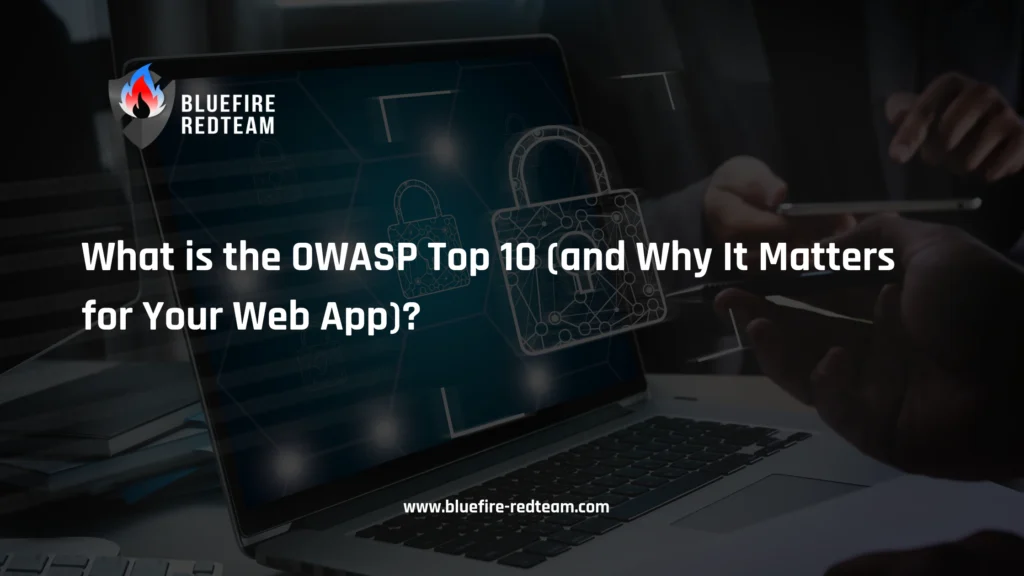If you are the owner, developer, or manager of a web application, security ought to be your top priority.
The OWASP Top 10 is a globally recognised list of the most important web application security threats, and it is one of the most well-known resources for web application security.
In this expanded guide, you’ll learn:
- What the OWASP Top 10 is
- A breakdown of each risk with real-world examples
- How are these vulnerabilities exploited
- How to protect against them
- Why is aligning with OWASP essential for compliance and security
What is the OWASP Top 10?
A nonprofit organisation called the Open Worldwide Application Security Project (OWASP) is committed to enhancing software security.
Every 3-4 years, its Top 10 list is updated to reflect the most important and common security threats present in practical applications.
It’s used globally by:
- Security teams to guide testing and assessments
- Developers to code securely from the start
- Compliance auditors to benchmark security requirements
- Organizations to train staff and prioritize remediation
The OWASP Top 10 is a framework for risk management and security awareness, not just a checklist.
The Current OWASP Top 10 (2021 Edition)

Below is the latest OWASP Top 10 with real-world examples of each vulnerability.
1. Broken Access Control
Attackers can view or alter data they shouldn’t have access to when permissions aren’t properly enforced.
Example: An attacker modifies a user ID in a URL to access another user’s account.
2. Cryptographic Failures
Previously referred to as “sensitive data exposure,” this happens when private information is not adequately encrypted.
Example: Storing passwords in plaintext or using outdated SSL/TLS protocols.
3. Injection
Includes SQL, NoSQL, OS, and LDAP injection flaws.
Example: An attacker inserts SQL code into a login form to bypass authentication.
4. Insecure Design
Architectural flaws that can’t be fixed with patches alone — they require redesigning the system.
Example: A shopping cart system that trusts client-side prices instead of validating them on the server.
5. Security Misconfiguration
Default credentials, overly verbose error messages, or open cloud storage buckets.
Example: Leaving admin interfaces publicly accessible without authentication.
6. Vulnerable and Outdated Component
Using frameworks, libraries, or plugins with known vulnerabilities.
Example: Running an outdated WordPress plugin that allows remote code execution.
7. Identification and Authentication Failures
Weak login processes, poor password policies, or broken session management.
Example: Allowing unlimited login attempts without lockout.
8. Software and Data Integrity Failures
Trusting unverified updates or insecure CI/CD processes.
Example: A supply chain attack where malicious code is injected into a software update.
9. Security Logging and Monitoring Failures
Lack of proper logging makes it difficult to detect or respond to breaches.
Example: A data breach goes unnoticed for months because login events aren’t logged.
10. Server-Side Request Forgery (SSRF)
The application fetches remote resources without validating the user-supplied URL.
Example: An attacker tricks a server into accessing internal services or cloud metadata.
Why the OWASP Top 10 Matters for Your Web App
- Compliance Alignment – Many standards like PCI DSS and ISO 27001 reference OWASP Top 10 risks.
- Developer Training – Serves as a practical teaching tool for secure coding.
- Risk Prioritization – Focuses your security budget where it matters most.
- Foundation for Pentesting – Most professional web application penetration tests incorporate OWASP Top 10 checks.
How to Defend Against OWASP Top 10 Risks
- Implement Secure Development Practices – Train developers in secure coding.
- Conduct Code Reviews – Spot issues before they hit production.
- Run Automated Scans – Detect common vulnerabilities quickly.
- Perform Manual Penetration Testing – Identify complex, logic-based flaws.
- Patch & Update Regularly – Keep frameworks, libraries, and servers up to date.
- Monitor & Log Security Events – Enable rapid breach detection.
Where Bluefire Redteam Comes In
The foundation of Bluefire Redteam’s web application penetration testing services is the OWASP Top 10 best practices.
Our professionals manually check for real-world exploitability, revealing crucial vulnerabilities that others overlook. We go beyond automated scans.
We can assist in securing your application from start to finish, whether you require pre-launch testing, compliance-driven evaluations, or yearly security health checks.
Schedule Your OWASP-Aligned Pentest →
FAQ – OWASP Top 10 & Web Application Penetration Testing
- What is the OWASP Top 10?
The OWASP Top 10 is a list of the most critical web application security risks, published by the Open Worldwide Application Security Project. It serves as a global standard for web app security awareness and testing.
- Why is the OWASP Top 10 important for my web application?It highlights the most common and dangerous vulnerabilities found in real-world apps, helping you prioritize fixes and improve overall security posture.
- How often is the OWASP Top 10 updated?
Every 3–4 years, based on security research, vulnerability data, and industry feedback.
- Does compliance require addressing the OWASP Top 10?While not always mandatory, many compliance frameworks like PCI DSS, ISO 27001, and SOC 2 reference the OWASP Top 10 as a best-practice standard.
- Can automated security tools detect OWASP Top 10 vulnerabilities?
Some, yes — but many require manual web application penetration testing to confirm and exploit vulnerabilities accurately.
- Will fixing OWASP Top 10 vulnerabilities make my app fully secure?No — the OWASP Top 10 is a baseline. You must also address emerging threats, industry-specific risks, and advanced attack techniques.
- How does web application penetration testing relate to OWASP Top 10?
Most professional pentests use the OWASP Top 10 as a foundation for testing, ensuring the most critical risks are identified and remediated.
- Toggle TitleToggle Content


